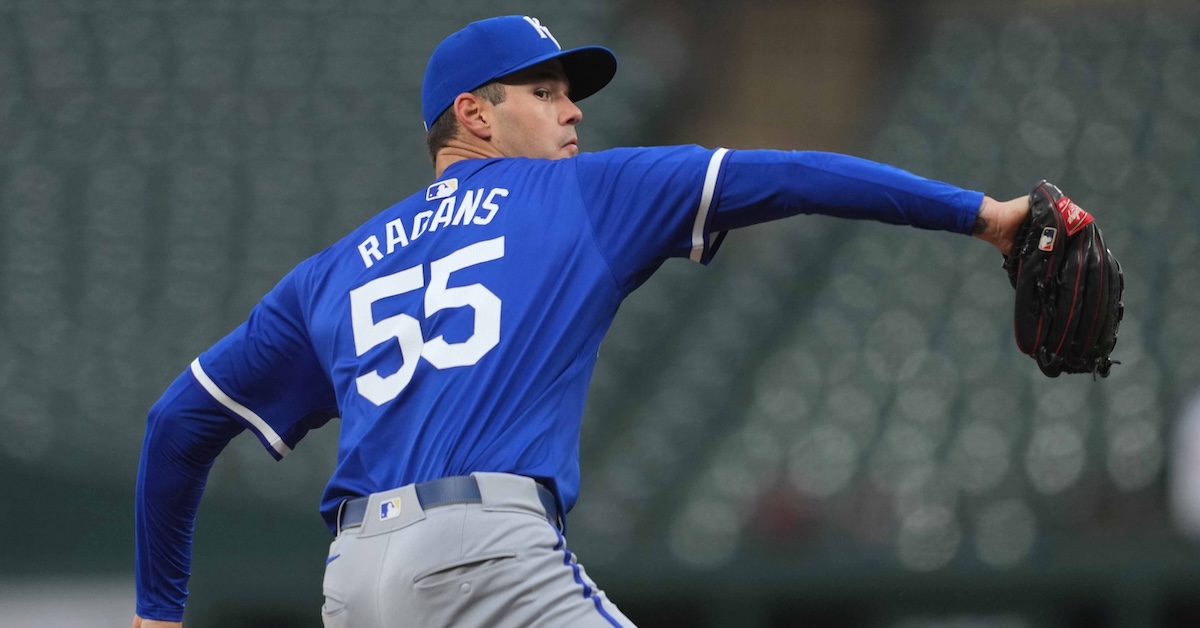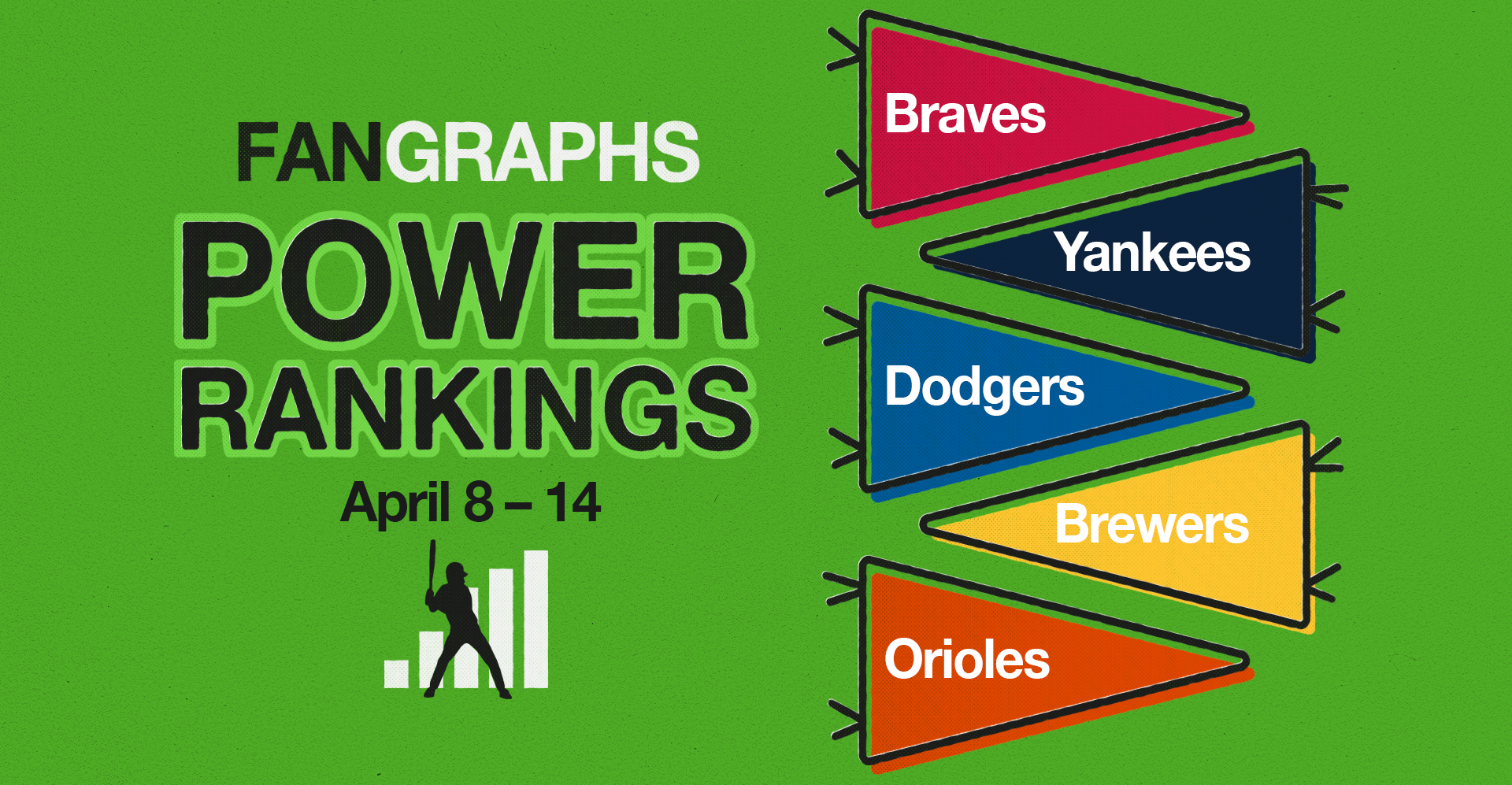Call Him Butter, Because Craig Kimbrel Is On a Roll

For four years, Craig Kimbrel was the best reliever in baseball. He wasn’t arguably the best reliever in baseball, or tied for the best; he was just the best. From 2011 through 2014, he compiled a 1.51 ERA with a 1.52 FIP. He struck out 42% of opposing hitters. He allowed a measly .269 BABIP, and didn’t give up home runs either. He averaged more than 65 innings a year and racked up 185 saves as the foregone conclusion of any game that Atlanta led going into the ninth inning.
For the next four years, he was merely a very good reliever – 2.47 ERA, 2.49 FIP, 41% strikeout rate. He started walking more batters and allowing more home runs. He was 30 years old in 2018, and the path forward felt murky. He signed with the Cubs in June of 2019 after a qualifying offer depressed his market, and he was downright abysmal. In 2019 and 2020 combined, he racked up a 6.00 ERA, a 6.29 FIP, and a ghastly 14.6% walk rate to go with 2.75 homers per nine innings. You know the story arc from there, more or less; that run signaled the end of his dominance, and even with occasional flashes of brilliance in the intervening three years, he was back to just a nice arm instead of an unconquerable monster.
I’ve always been interested in the idea of a Craig Kimbrel retrospective, because at his peak he felt so different from the rest of the league, with the wild strikeout rates and the misprint-looking ERA. Mariano Rivera never had a four-year stretch as good as Kimbrel’s, even though he obviously had far greater longevity. I can’t remember who invented it, but Kimbrel even inspired a new junk statistic: a Kimbrel is a game where a pitcher records a negative FIP. That was his specialty; it requires at least two strikeouts, no walks, and no homers over an inning of work. Games like that just felt inevitable at his best. Read the rest of this entry »







